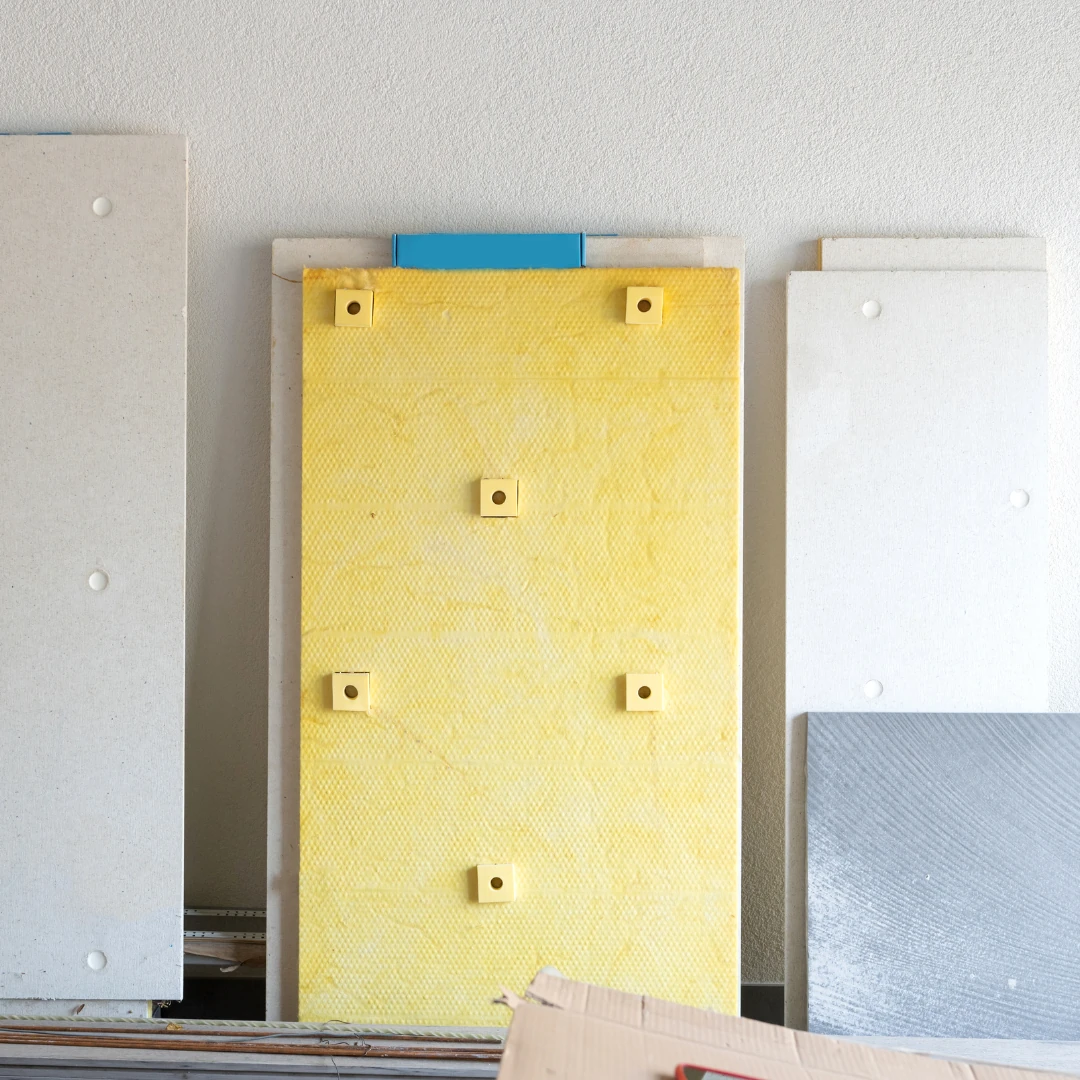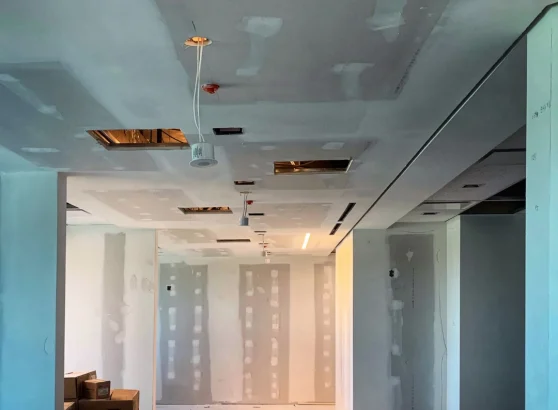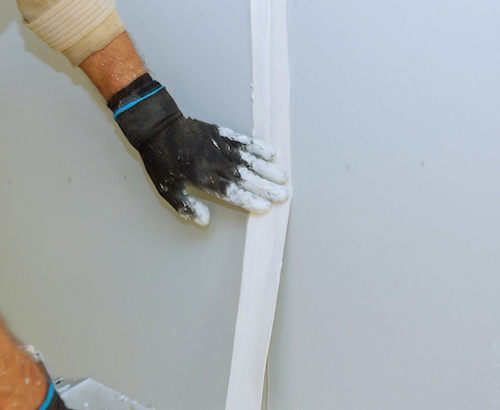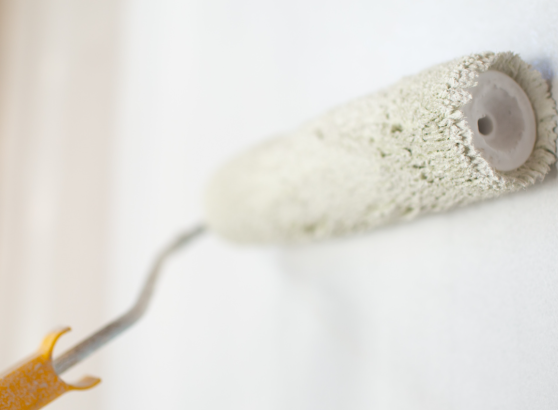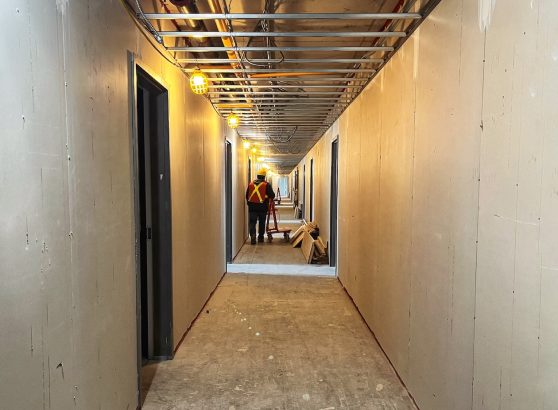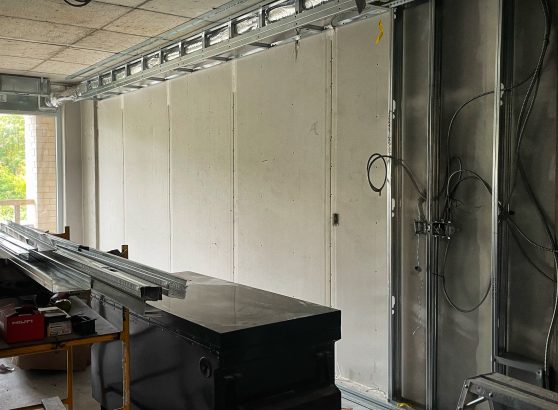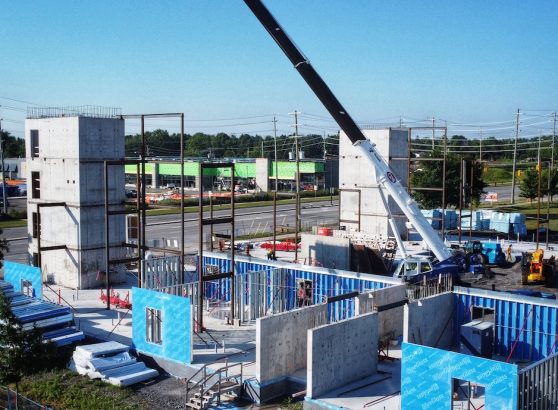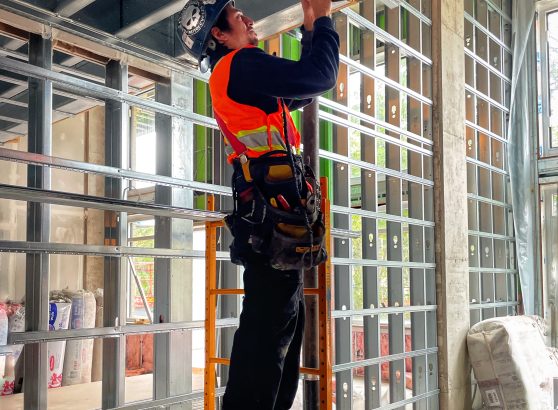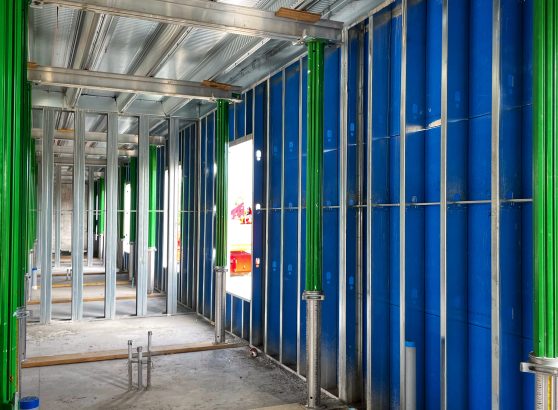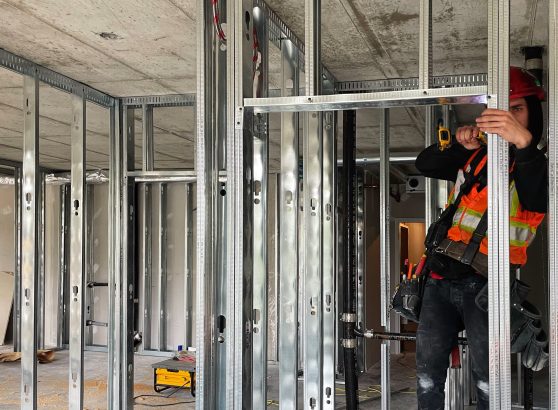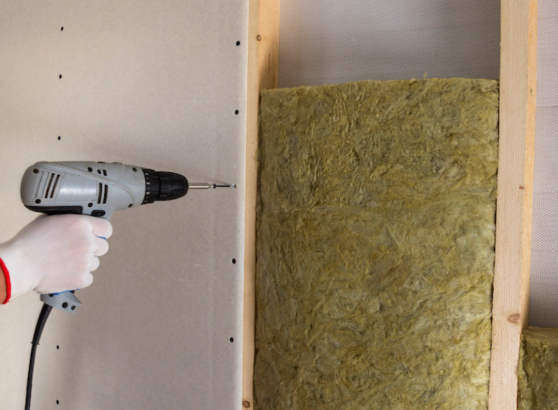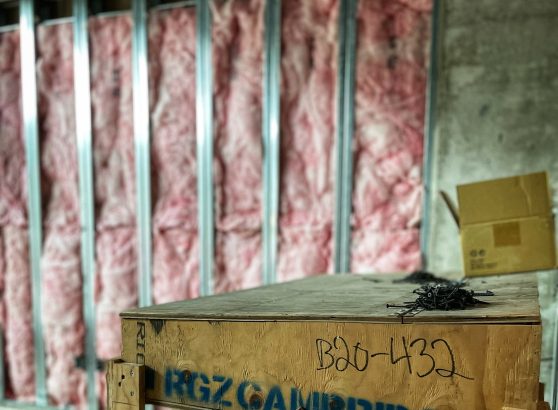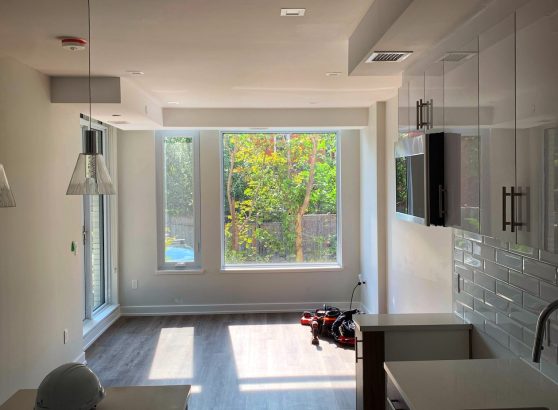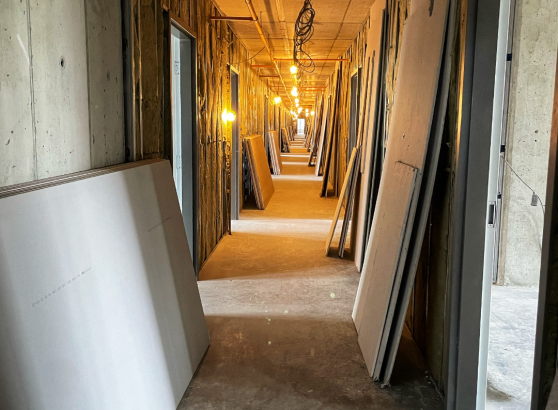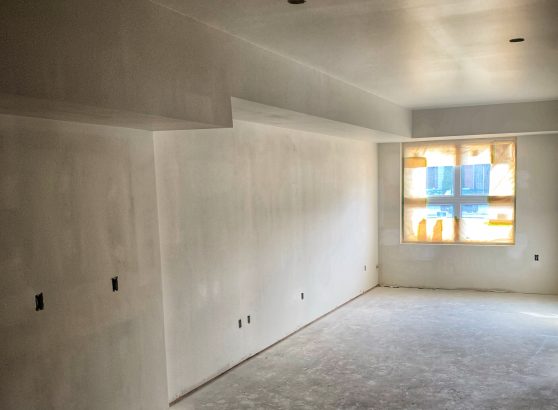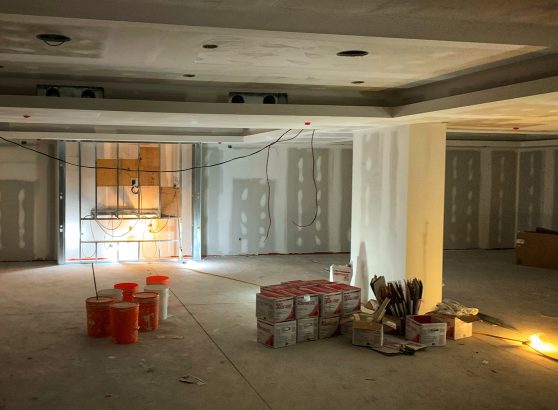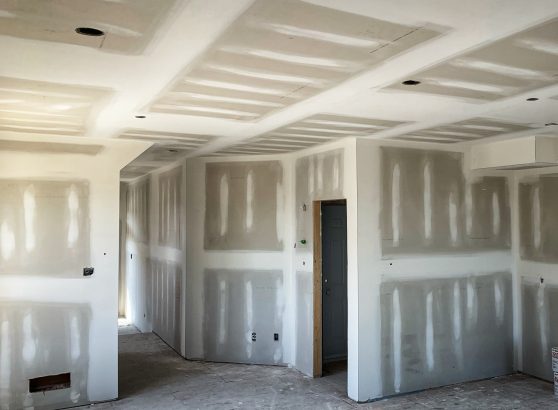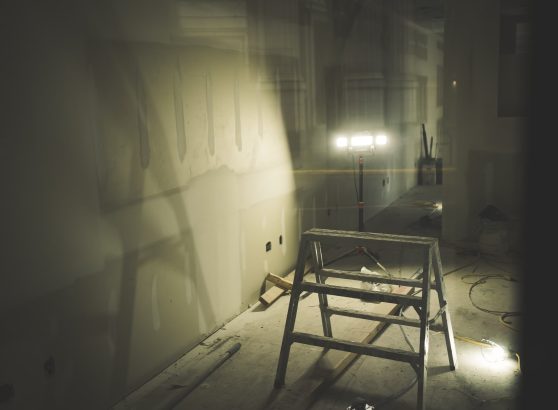Whether you’re battling street noise, loud neighbors, or simply trying to create a peaceful sanctuary, soundproofing your home can make a world of difference. A quiet home environment contributes to better sleep, improved focus, and an overall calmer atmosphere. But how do you achieve this tranquillity? Enter drywall, a surprisingly effective tool in your soundproofing toolkit. This blog post will explore how to use drywall for noise reduction and create a serene living space.
The Basics of Soundproofing
Soundproofing aims to reduce sound pressure from a source entering or exiting an enclosed area, like a room. To understand soundproofing, it’s helpful to know about STC (Sound Transmission Class) ratings. Higher STC ratings indicate better soundproofing capabilities. For example, a standard wall with a single layer of drywall may have an STC rating of around 30-34, which can allow normal speech to be understood. Doubling the drywall layers can increase this rating, decreasing the amount of sound that gets through.
Soundproofing and Drywall: The Connection
Drywall, or gypsum board, is a commonly used material in interior construction. Its properties, such as density and flexibility, make it an excellent choice for soundproofing. Special soundproofing drywall, like QuietRock or CertainTeed’s SilentFX, is designed to absorb and dissipate sound vibrations, leading to a quieter environment.
Types of Soundproof Drywall
There are several types of soundproof drywall available:
- Regular Drywall: Even standard drywall provides a basic level of soundproofing. Adding more layers of regular drywall can improve this.
- Soundproof Drywall: This specialized drywall contains layers of materials like steel, viscoelastic, or ceramics to block sound.
- Acoustic Drywall: Acoustic drywall has a high density core for better sound absorption.
- Damped Drywall: This incorporates a damping compound between layers to dissipate sound vibrations.
Installation Tips for Soundproof Drywall
- Adding Mass: The simplest way to reduce sound transmission is by adding mass to your walls. This could mean installing an additional layer of regular or soundproof drywall.
- Damping: Damping involves using materials that absorb sound waves and convert them into heat, reducing the amount of sound that passes through the wall. Damped drywall comes with these materials already included.
- Decoupling: This technique involves separating the two sides of a wall to prevent sound from passing directly through. You can achieve this with resilient channels, which provide a break in the path the sound would take.
- Sealing Gaps: Sound can sneak through the smallest gaps, so it’s crucial to seal around doors, windows, outlets, and any wall penetrations.
The Role of Insulation in Soundproofing
While this post focuses on drywall, it’s worth noting that insulation also plays a vital role in soundproofing. Insulation materials like mineral wool or acoustic foam help absorb sound and prevent it from passing through walls or ceilings.
Final Thoughts
Soundproofing can drastically improve your quality of life, and drywall is a significant player in this process. By understanding the types of drywall available and how to use them effectively, you can create a quiet, peaceful environment in your home. Remember, it’s not just about blocking out unwanted noise but also about creating a sound balance that works for you and your lifestyle.
Whether you’re planning a new construction project or upgrading your current home, consider the role of soundproofing in your plans. A little silence can be a beautiful thing, and drywall might just be your ticket to a quieter, more serene home.
Contact RGZ Cambridge today for all your drywall needs: We are industry leaders in Commercial and Residential projects. Call us today: 613-695-5544 or reach us via this page.


